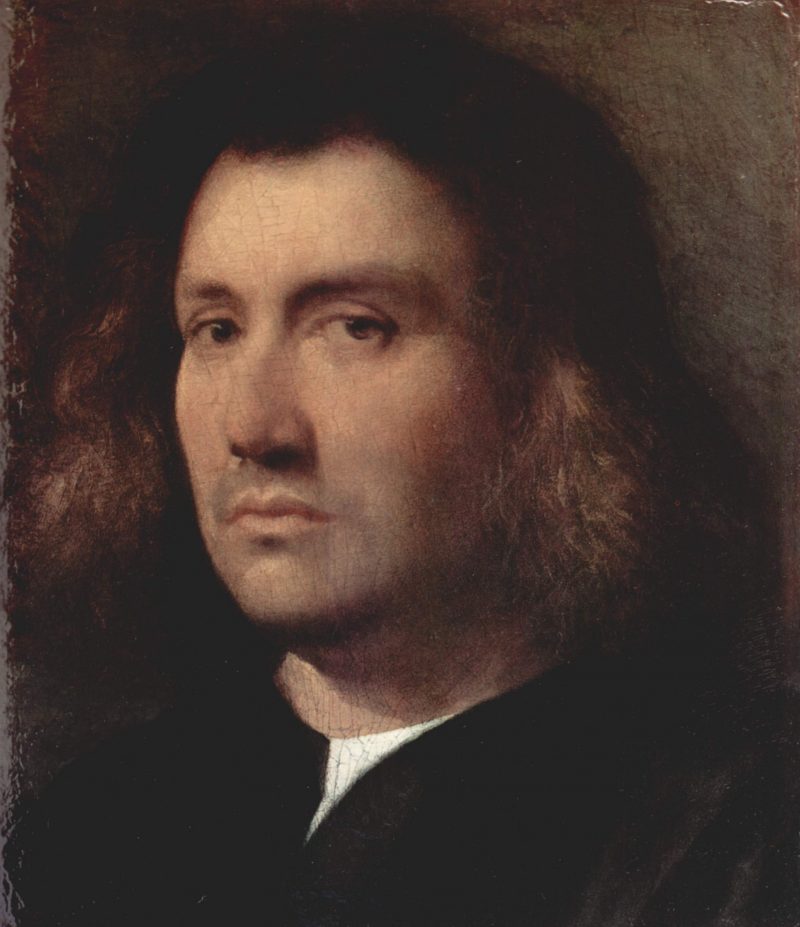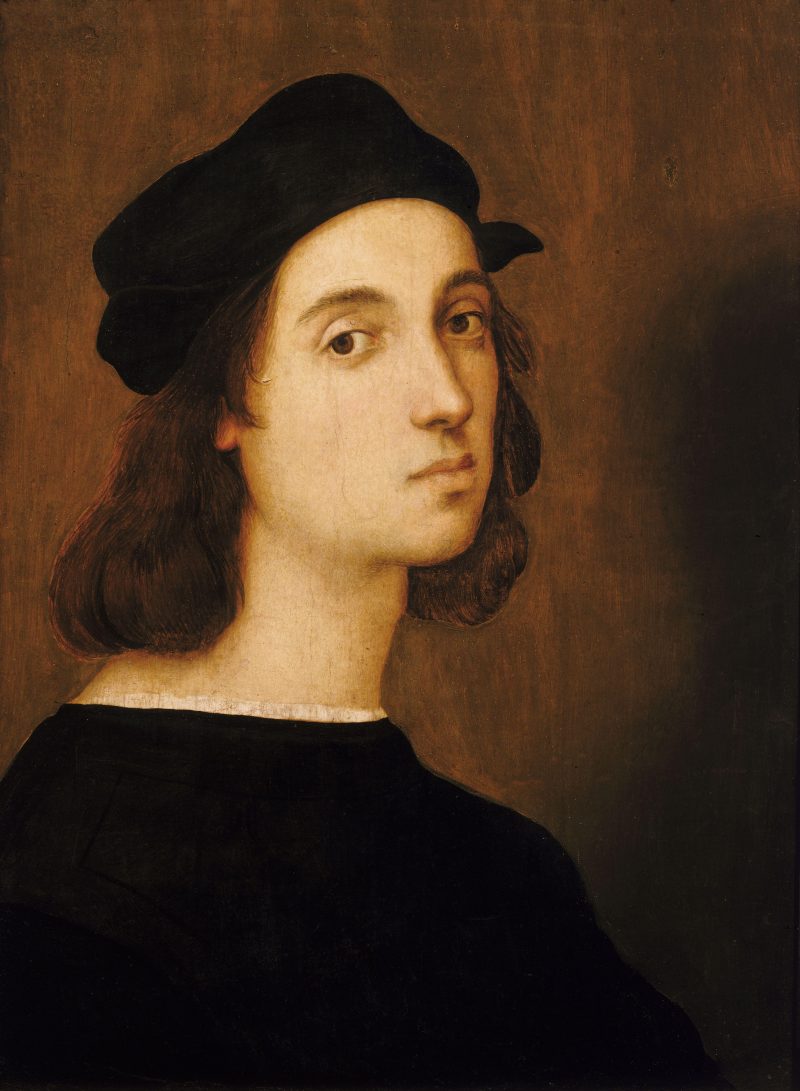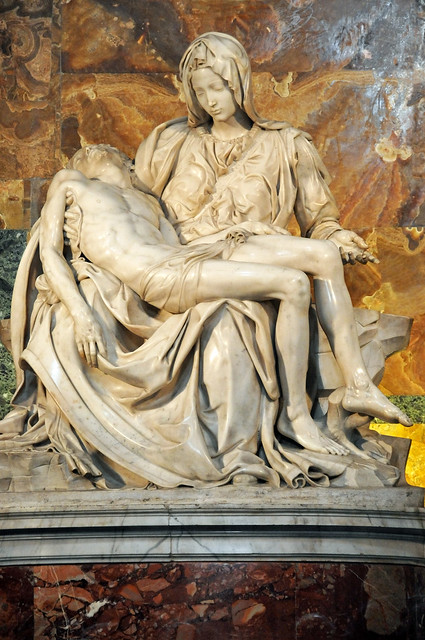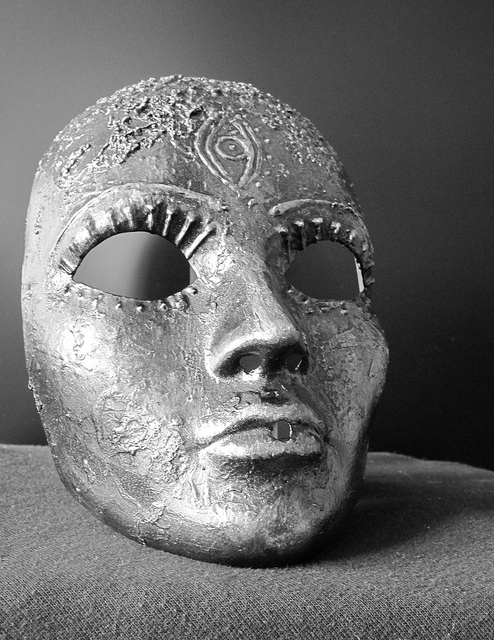When Does a Renaissance Start? The meaning of the Annunciation
Article By Nataliya Petlevych
 History is rich with inspiring examples of the human spirit flourishing. One of the strongest among them is the Renaissance. It generated a change in the perception of the world and provided a new understanding of the human being, reviving the idea of interconnection between the Macrocosm (the Universe/divine) and the Microcosm (the human being). Still today, its philosophical ideas inspire and its art profoundly touches us with beauty and deeper meaning behind the forms.
History is rich with inspiring examples of the human spirit flourishing. One of the strongest among them is the Renaissance. It generated a change in the perception of the world and provided a new understanding of the human being, reviving the idea of interconnection between the Macrocosm (the Universe/divine) and the Microcosm (the human being). Still today, its philosophical ideas inspire and its art profoundly touches us with beauty and deeper meaning behind the forms.
There are many factors that contributed to such an extensive cultural change, the key among them being the rediscovery of the heritage of the ancient world. However, the Renaissance could have not happened without the rediscovery of the inner dimension of the human being, their freedom and creative power, and the spiritual roots and purpose of life. The best allegory for this rediscovery is the Annunciation as depicted by the Florentine Renaissance masters. For this brief article I will refer to the Annunciation by Leonardo da Vinci.
The Annunciation is one the most frequently depicted Biblical events during the Renaissance. The angel Gabriel comes to Mary to announce the joyful and challenging news – she will bear a son of God. As described in the New Testament: “The Holy Spirit will come upon you, and the power of the Most High will overshadow you; therefore the child to be born will be holy; he will be called Son of God.”
The divine and human combined in Jesus Christ are represented in the Annunciation by the figures of Gabriel and Mary. The angel of Leonardo amazes us with its powerful posture containing all the strength of the divine will. The name “Gabriel” in Hebrew means “God is my strength.” Perhaps he is the representation of the spirit that awakens the soul by reminding it that it contains the potential of a new human being, which is also divine – the Son of the Highest, the Saviour and Light of the world.
Mary is framed by a portico. Her gentle posture speaks of some unease and reflection, and at the same time tells us that she is receiving the message. Perhaps she is the representation of the soul trapped in matter, awakened by the divine.
The sharp angles of the building behind Mary contrast with the vastness and softness of the space in which Gabriel moves. Behind her is a building with an open door leading to a dark room; behind him, the portico opens onto a beautiful garden, a misty sea and mountains that take us to the divine infinite.
Gabriel brings lilies, which in Christianity symbolise the purity of Mary. The 19th century occultist H.P. Blavatsky adds that lilies are the Western equivalent of the Eastern lotus and represent the Abstract and Concrete Universe. They are “the emblem of the productive powers of both spiritual and physical nature”.
One can feel the dynamics of the composition. In other paintings golden rays are shining on Mary as the Holy Spirit descends upon her. Here the power is invisible, yet it is still felt in the elegant postures and rhythm of the lines: from the centre in the vast distance to the Angel and then to the Virgin – from the infinite divine to the human. Mary accepts the glorious message, she internalises the Holy Spirit and conceives the Son. Thus begins the renewal of the world.
When next time you are contemplating the beauty of the Annunciation, may it also be a reminder about our divine nature that is waiting to be born, if we accept the challenge brought by an angel…
Image Credits: By Livioandronico2013 | Wikimedia Commons | CC BY-SA 4.0
If any images used in this article are in violation of a copyright, please get in touch with [email protected] as soon as possible. Appropriate action will be taken.Permissions required for the publishing of this article have been obtained




What do you think?